Graphic design for government institutions plays a pivotal role in communicating policies, initiatives, and information to the public effectively. Traditionally, this sector adhered to strict guidelines to maintain formality and clarity, but modern graphic design ideas are evolving to incorporate creativity and accessibility. Regardless of the approach, government graphic design strives to balance functionality with visual engagement, ensuring transparency and understanding. While it might initially appear bureaucratic and rigid, this field of design is increasingly dynamic and innovative, especially with the rise of digital platforms. Enhance your organization's public outreach with these innovative graphic design strategies tailored for government use.
Public sector branding
Public sector branding in graphic design plays a crucial role in shaping the identity and perception of government entities, focusing on creating a cohesive visual expression that resonates with citizens. Employing strategic use of typography, color schemes, and logos, designers work to establish a brand image that communicates transparency, trust, and reliability, which are essential values for government organizations. These visual elements must be adaptable across various platforms and media, ensuring that the brand remains consistent whether in print, digital interfaces, or public signage. Graphic designers often integrate culturally significant symbols and imagery to foster a sense of national pride and community, blending tradition with modern aesthetics to appeal to diverse demographics while adhering to official guidelines and protocols.
Government document design
Graphic design for government documents necessitates a unique approach that balances functionality, aesthetic appeal, and accessibility. Designers must adhere to strict guidelines to ensure uniformity and compliance with governmental standards while simultaneously focusing on clarity, readability, and the effective communication of complex information through the use of typography, color schemes, and structured layouts. The inclusion of infographics, charts, and icons enhances the comprehension and retention of data, making it vital for the visual language to be both precise and culturally sensitive to address diverse audiences. Additionally, the digital transformation of government documents requires consideration of responsive design principles to ensure documents are easily accessible across various devices, enhancing the overall user experience for citizens and stakeholders alike.
Civic engagement materials
Graphic design for government civic engagement materials requires a strategic focus on clarity and accessibility to effectively disseminate information and engage diverse communities. This involves the creation of visually appealing and easily navigable materials such as brochures, flyers, posters, and digital content tailored to the audience's linguistic and cultural nuances. Designers must prioritize the use of clean typography, high contrast color schemes, and culturally relevant imagery that resonate with the public and encourage participation in civic activities. Furthermore, these materials should be optimized for both print and digital platforms, ensuring they reach a broad audience through various government communication channels, enabling widespread civic involvement and fostering a transparent and informed citizenry.
Policy report layout
Designing a policy report for the government necessitates a balance between aesthetic appeal and functional readability, demanding the use of clean, professional typography that enhances comprehension across diverse audiences. The layout should incorporate a well-structured grid system, ensuring consistent alignment of text, images, and infographics, which not only aids navigation through the document but also emphasizes key points and data visualizations. Strategic use of white space should be employed to prevent visual clutter while maintaining a formal tone; subtle color palettes should be used to differentiate sections and highlight important information without overpowering the content. Given the potential length and complexity of policy reports, including elements like a comprehensive table of contents, clear headings, and numbered sections enhances user accessibility, ensuring that stakeholders can efficiently locate relevant information.
Official signage systems
Official signage systems for government entities necessitate utmost clarity, coherence, and accessibility to ensure the public comprehends information accurately and efficiently. Designers employ a strategic blend of typography, color theory, iconography, and spatial arrangement to craft signage that not only adheres to regulatory standards but also enhances navigational ease and aesthetic congruence with the surroundings. High-contrast colors are typically favored for optimal readability across diverse lighting conditions, alongside universally recognizable symbols that transcend language barriers to cater to a multicultural audience. Rigorous testing phases, involving diverse user groups, are crucial in the design process to identify potential barriers and iterate designs that achieve seamless interaction between the public space and its occupants.
Legislative infographic design
Legislative infographic design for government purposes requires a meticulous balance between clarity and informative value, utilizing a clean layout that prioritizes essential legislative data such as bill numbers, sponsors, and voting outcomes. The use of distinctive colors and symbols must be consistent with governmental branding, ensuring both accessibility and aesthetic coherence, while legal terminology is simplified to cater to a broader audience's comprehension. Data visualization techniques, including bar graphs or pie charts, play a pivotal role in demystifying complex legislative processes, offering a narrative that guides citizens through procedural overviews with ease and engagement. Emphasis on interactivity, in digital formats, allows users to delve deeper, accessing comprehensive legislative records through hyperlinks or pop-ups, thereby enhancing transparency and fostering informed civic participation.
Municipal marketing visuals
Municipal marketing visuals in the realm of graphic design demand a rich understanding of both cultural sensitivities and local community priorities, ensuring that every design communicates effectively with diverse audiences. Designers must balance the formal, often bureaucratic nature of governmental communications with engaging and eye-catching elements that foster a sense of community and local pride, utilizing strategic color palettes and typography that reflect the unique identity of the municipality. Additionally, incorporating local landmarks or symbols can create a sense of familiarity and belonging, strengthening citizens' connection to their environment through visual storytelling that resonates emotionally. The challenge lies in creating visuals that are not only aesthetically pleasing but also informative and accessible, adhering to guidelines for inclusivity, such as the use of high-contrast colors and easily readable fonts, to ensure all community members, including those with visual impairments, can engage with the content.
Voter information pamphlets
Graphic design for government voter information pamphlets involves a meticulous synthesis of clarity, accessibility, and visual appeal. Designers undertake a focused approach to ensure complex electoral information is conveyed in easily digestible formats, integrating a hierarchy of typography that guides the reader fluidly through sections laden with critical dates, candidate details, and ballot measures. The color palette is strategically chosen to comply with accessibility standards, often using contrasting hues to enhance readability for individuals with visual impairments, while also reinforcing the authoritative nature of governmental communication. Infographics and icons play a pivotal role in transforming dense legislative jargon into more approachable visual cues, ensuring that the pamphlets serve as both educational tools and trust-building mechanisms within the electoral process.
Regulatory compliance graphics
Graphic design for government agencies, with a particular emphasis on regulatory compliance graphics, demands a meticulous and detail-oriented approach, as these graphics must adhere to strict legal standards and convey complex information in a clear and concise manner. The role of visual communication in this context extends beyond aesthetics, necessitating a comprehensive understanding of legal mandates, compliance regulations, and target audience to ensure that the designed materials fulfill their function effectively. Designers must incorporate elements like standardized symbols, color codes, and typography that comply with regulatory guidelines, while also simplifying technical data to enhance readability and accessibility for the public. The graphical presentation should also facilitate immediate recognition and comprehension, aiding government agencies in disseminating critical information, minimizing misinterpretation, and ensuring that all stakeholders are well-informed about their rights and responsibilities under current regulations.
Digital accessibility standards
Graphic design for government organizations must prioritize digital accessibility standards, ensuring equitable access to information for all citizens, including those with disabilities. Designers must adhere to guidelines like the Web Content Accessibility Guidelines (WCAG), which dictate features such as text alternatives for non-text content, adjustable text size, and keyboard navigability. These standards require consideration of color contrast and the use of consistent, simple design layouts to reduce cognitive load and aid comprehension. Compliance not only serves the legal requirements posed by acts like the Americans with Disabilities Act (ADA) but also enhances the usability of digital documents and platforms, fostering inclusivity and equitable access to vital government services and information for all users.






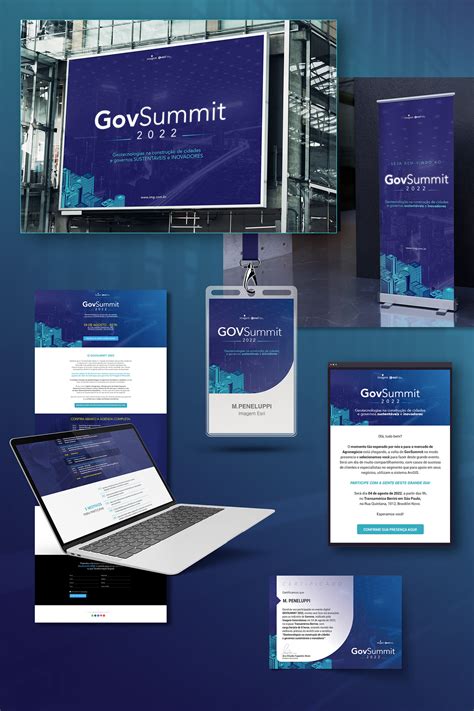

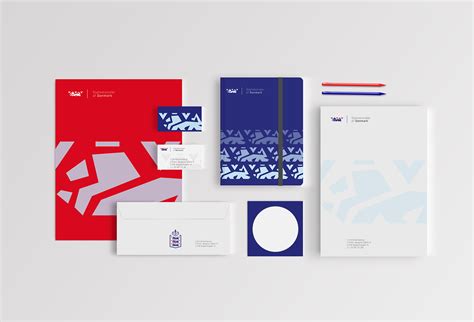
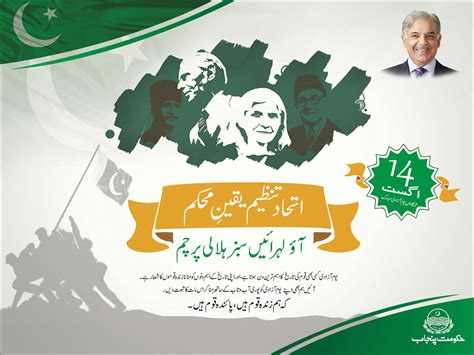
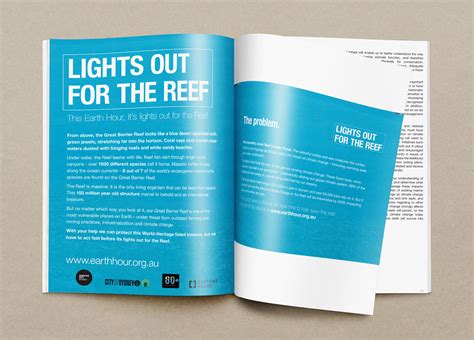
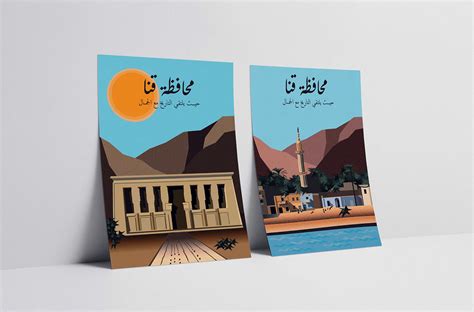
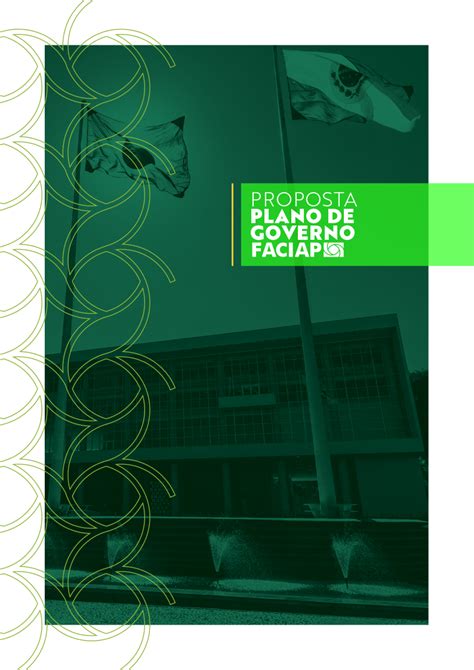
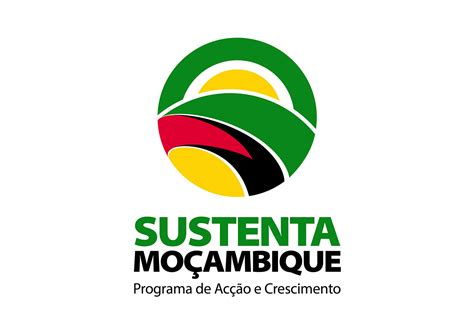
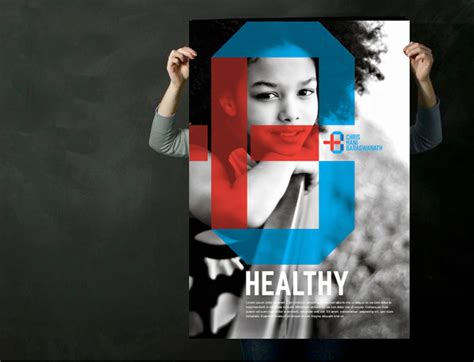
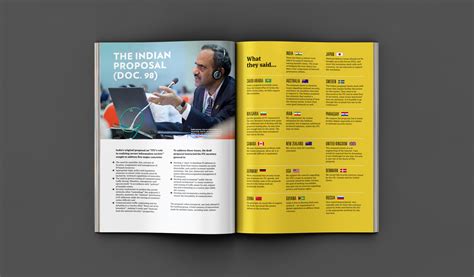
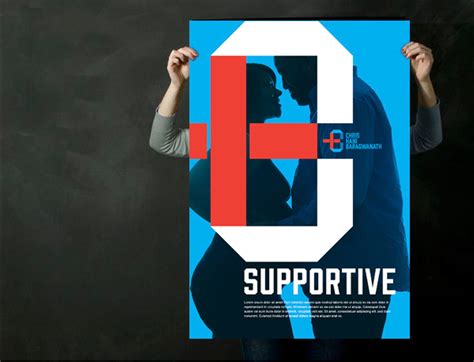
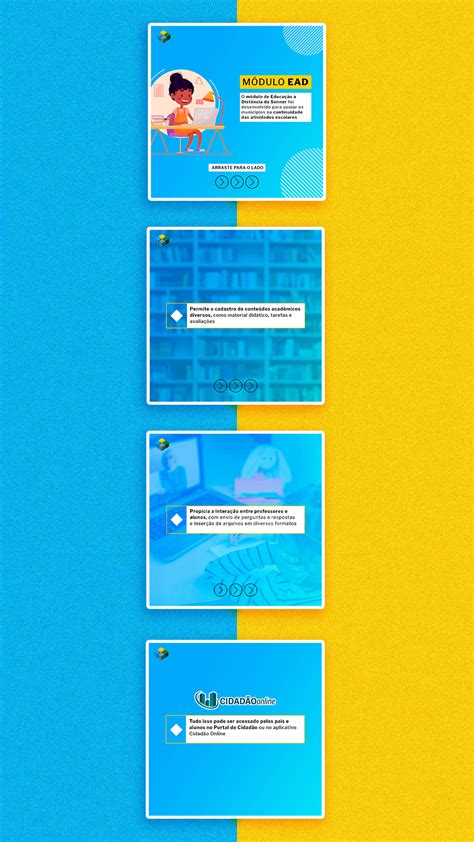
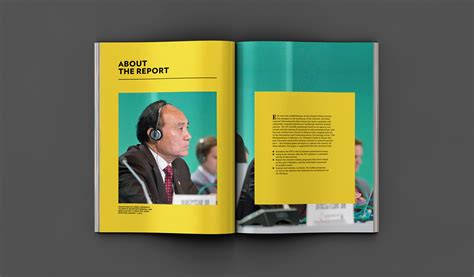

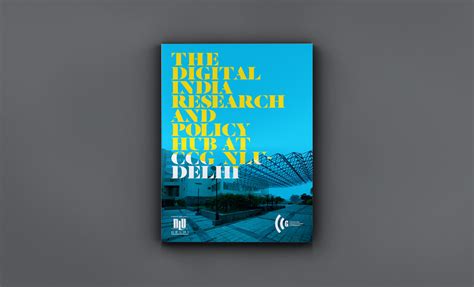
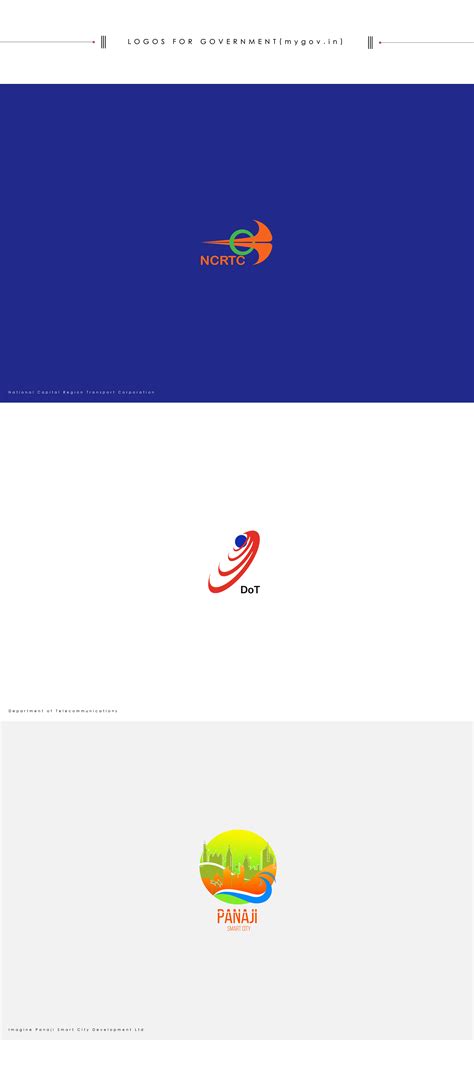
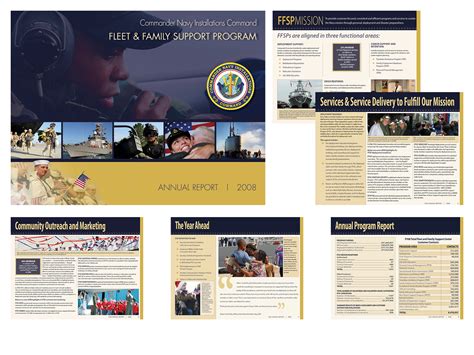
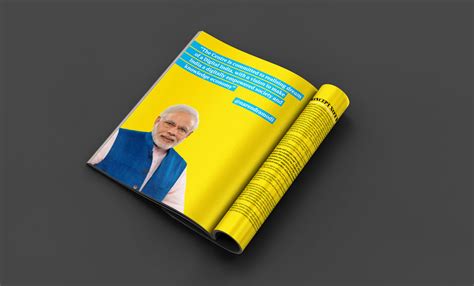

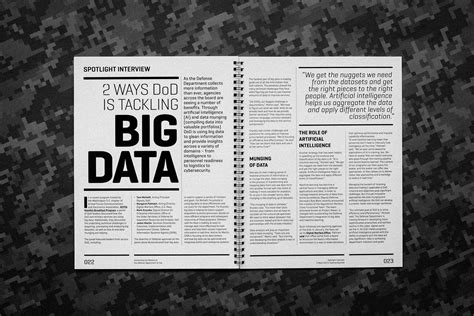
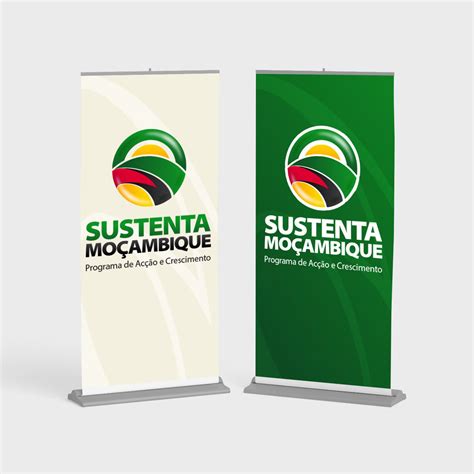
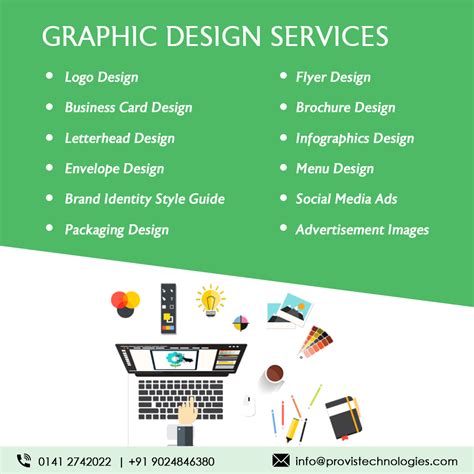
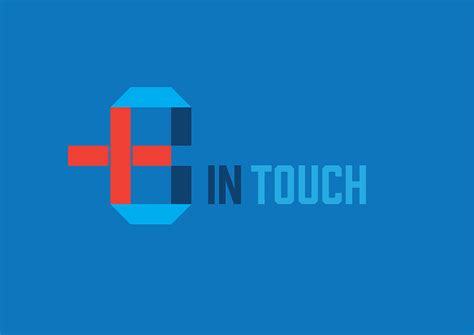
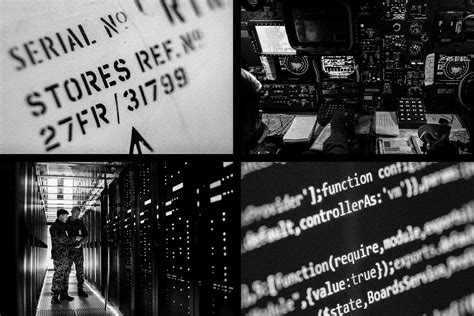
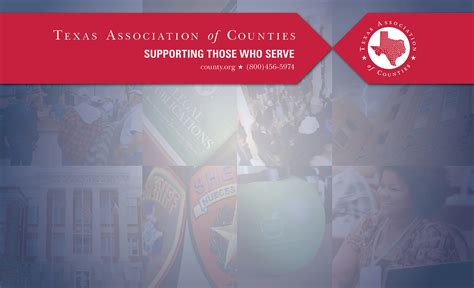


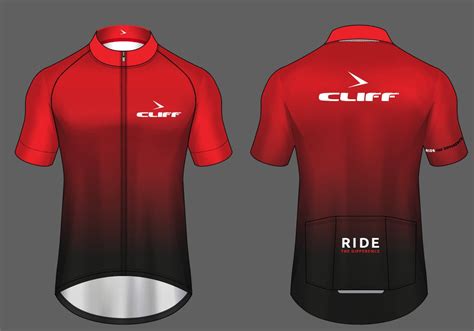
Leave a Reply
Your email address will not be published.